12 Life Twists That Feel Like a Rollercoaster With No Seatbelt

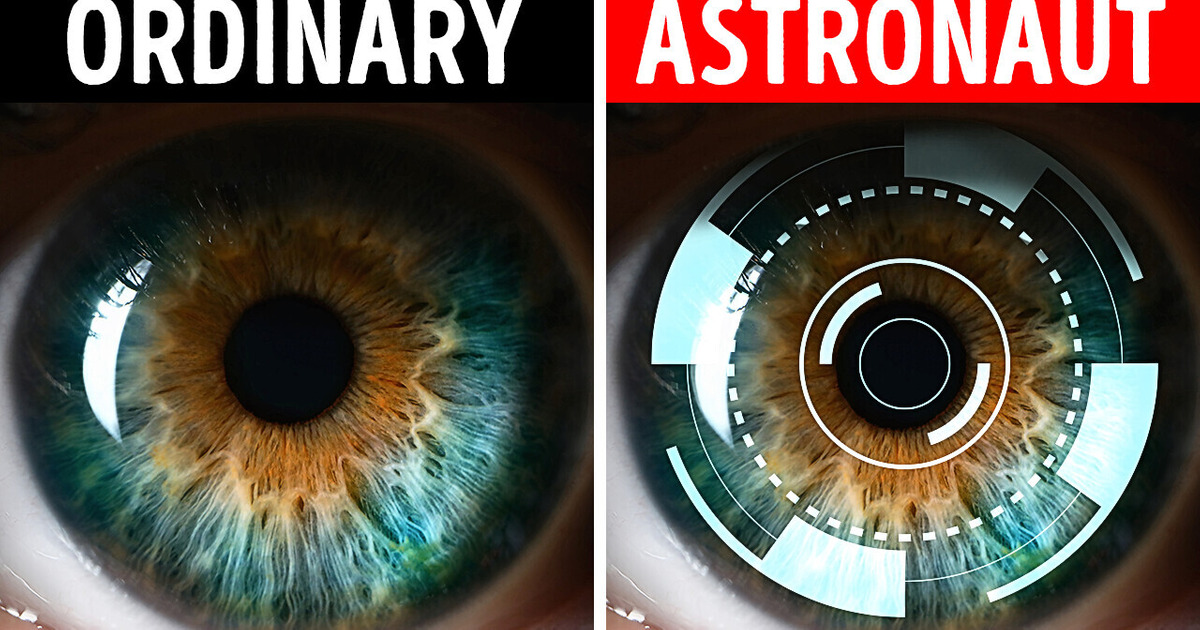
I can hardly imagine having to travel long distances without wheeled luggage, but these ones didn’t pop up until 1970. If you think about it, this means that the astronauts that went to the Moon actually had to physically carry their baggage in the spaceship! A lot of other daily tasks are different in space. Since there’s no washing machine on the International Space Station, how do astronauts do their laundry? The short answer is they don’t! They just load up the dirty clothes into a resupply ship, then they let them fall back into the atmosphere where it is incinerated. Our atmosphere contains astronaut underwear dust if you think about it.
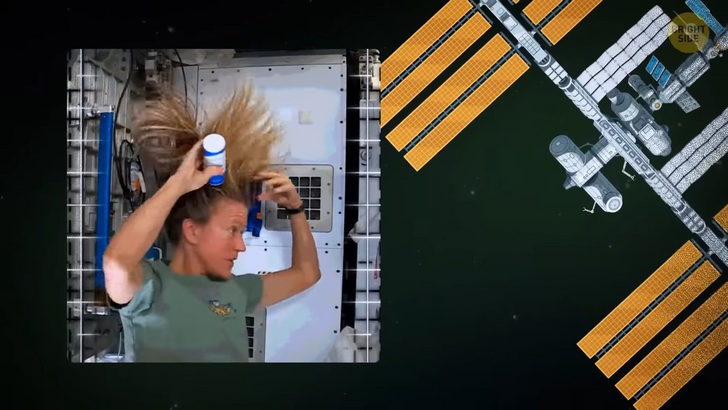
For their shower routines, astronauts had to go back to the “old-fashioned” way of bathing too. On the Space Station, they do not shower since the force of gravity is different and water doesn’t flow as it should. So, they use liquid soap, water, and rinseless shampoo. They first squeeze the liquid soap and water from pre-made water pouches onto their skin. Next, they open the rinseless soap and add a little water to clean their hair. Towels are then used to wipe off the excess water, which is really precious in space. To make sure they recycle it, an airflow system nearby quickly evaporates excess water. All that water recycling is thanks to an invention called the Water Reclamation System — or the WRS. It was developed back in 2008 and helped solve water issues on the ISS. Up until then, water had to be imported from our planet on a regular basis, which was really expensive. What the WRS does is it gathers all the wastewater onboard—the astronauts’ leftover bathing water, humidity condensation on the walls and windows and then passes it through a series of filters. The resulting liquid is purified and great for drinking and washing.
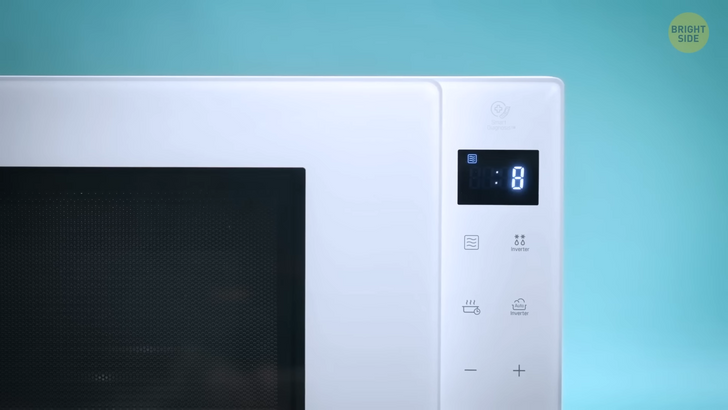
We even got the now famous microwave because of this space mission! When Neil Armstrong and his team landed back on Earth after their first visit to the Moon, specialists thought they might have been exposed to dangerous space particles. The result? They had to be placed in planetary protection quarantine on their return, as soon as their space capsule safely splashed down in the Pacific Ocean, on July 24, 1969.
That specific 21-day quarantine for the Apollo 11 astronauts is one of the reasons why we have microwaves in our kitchens today! When they first returned from the Moon, they initially spent their first few days in a Mobile Quarantine Facility (or MQF). Sure, the MQF featured comfortable chairs, bunks, a toilet, and a shower, but it didn’t leave a lot of space for fancy cooking. Since there was no room for a standard oven or grill and to also reduce the potential fires that might have happened, NASA had to get creative. That’s how the original countertop microwave oven was developed, to easily help astronauts get their meals without the hustle of a fully equipped kitchen. These days you can see that first microwave in a museum in Oakland, California.
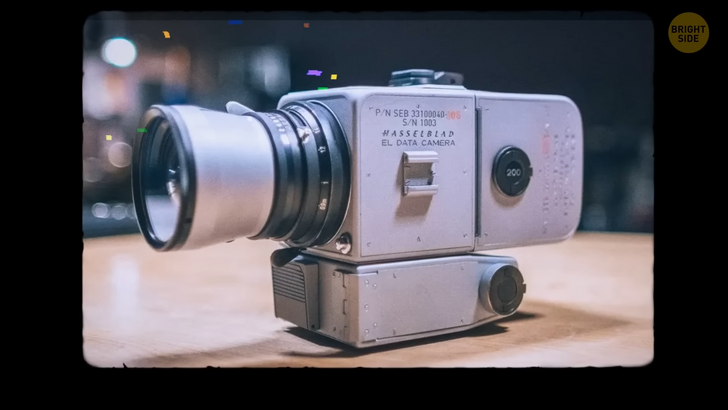
The Apollo 11 crew also carried with them 12 Hasselblad cameras. They were intended to snap those valuable images of the moon’s surface for all of us to see. So where are they today? Well, they were left there on the Moon! Armstrong and his crew decided that the cameras were too heavy to carry back, especially since they wanted to bring back home over 50 pounds worth of rock samples. They did bring the film back though. These days the International Space Station has way more advanced technology, like this Zero-Gravity 3D Printer. It’s responsible for making a socket wrench, which was the first tool ever made away from the planet’s surface. The whole point of this 3D printer is to source square parts for any equipment that might get broken on board. This way, astronauts won’t need to keep returning back to Earth to fix their gadgets, making it cheaper and faster.
It may sound like a vacation, but did you ever think about what would happen if you never got out of bed? In the first 24 hours, one of the first things to see a change would be your lungs. Without gravity to pull them down into their standard position, the lower part of our lungs will crease. Coughing every now and then might help to reduce the effects.
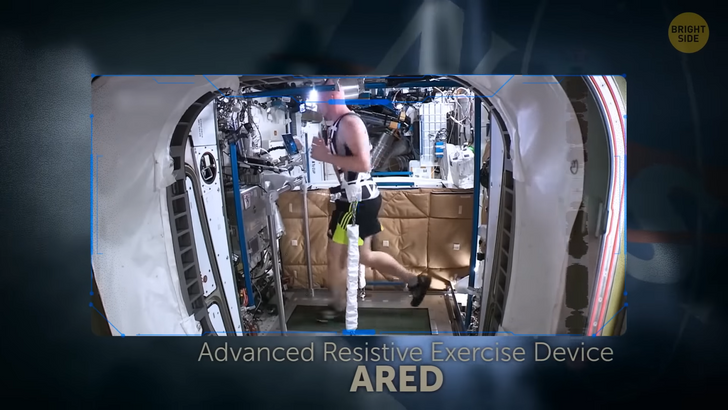
Going further, we’d start to lose small amounts of bone density each week, making our skeleton more fragile. It’s also the reason why astronauts, who can go for months without Earth’s gravity at times, need to move around for a minimum of two hours a day and make sure they have sufficient calcium in their diet. For this particular reason, they use a cool device called the Advanced Resistive Exercise Device — or ARED. The conditions on the International Space Station not only affect the bones of personnel aboard but their muscle mass. And some of the changes that happen to their bodies could be permanent if they are not careful. So, NASA needs to keep its astronauts on a strict exercise program. Because you can’t work out normally in microgravity, the ARED comes in to fix this. It’s pretty much a resistance machine that helps astronauts to weightlift in a weightless environment. It also features a treadmill with a twist — it straps astronauts in for running. People visiting the International Space Station for longer periods of time can also develop a condition called Spaceflight Associated Neuro-ocular Syndrome. The weightlessness in space causes the fluids in the body to shift toward the head. This may be the reason why the optical nerve gets swollen. I’ll spare you the rest of the medical terms, but one of the most uncomfortable side effects is that most astronauts get blurry vision.
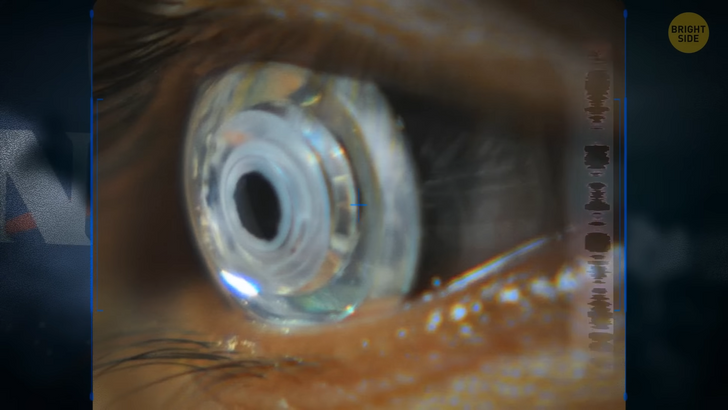
To help with this, scientists developed a pair of contact lenses. And you look at pictures of astronauts wearing this device, it does seem pretty cool! For the time being, these lenses are just meant to measure how our eyes adapt to microgravity conditions. With the help of that data, we might be able to develop future gadgets that could combat the consequences. These contacts may not come with laser vision or holograms just yet, but another institution is looking to develop some pretty cool pairs of eyeglasses that might get closer. The National Aeronautics and Space Administration is looking at ways to manufacture computerized glasses that can help astronauts repair a ship or conduct an experiment in space.
These glasses could help NASA upload how-to information guides onto the glasses directly so that astronauts could work without printed instruction manuals. Printed information is not only difficult to work with in times of emergency, but it’s often not enough. So, astronauts literally need to dial back at the base for more information on how to fix a problem. Since a call from Mars to Earth can take up to 20 minutes to connect, you can imagine how helpful these glasses might be in real-time. NASA initially tested this approach by strapping laptops to astronauts’ heads! It soon became obvious they needed a better-suited device. These glasses would use the same microchips we have in our smartphones.
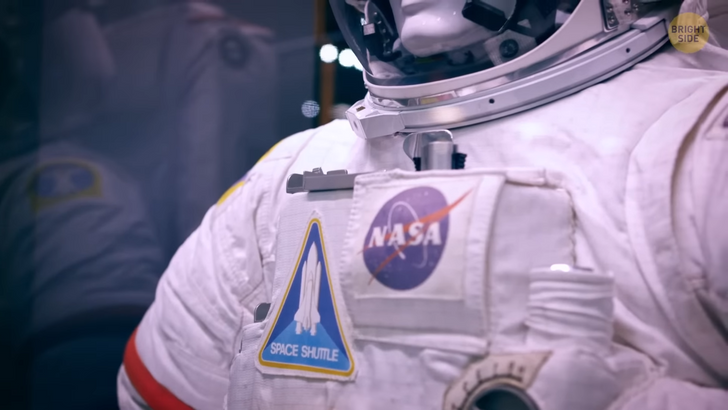
A gas leak can be a bad thing even in your own kitchen, let alone on the International Space Station. To make sure this problem doesn’t happen, astronauts wear a system, strapped to the front of their suits. It’s just about the size of a shoe box. This device helps detect leaking water, seeping rocket fuel, or escaping oxygen. When living on the International Space Station, you might think astronauts need some sort of special clothing. The reality will surprise you. Inside the Space Shuttle, both the temperature and humidity are controlled, so astronauts can live there just like they would on Earth. Apart from those orange flight suits you often see in pictures — that are needed during launch and reentry — astronauts don’t have special clothes. They just use the same clothes they’d use if they were on our planet.











